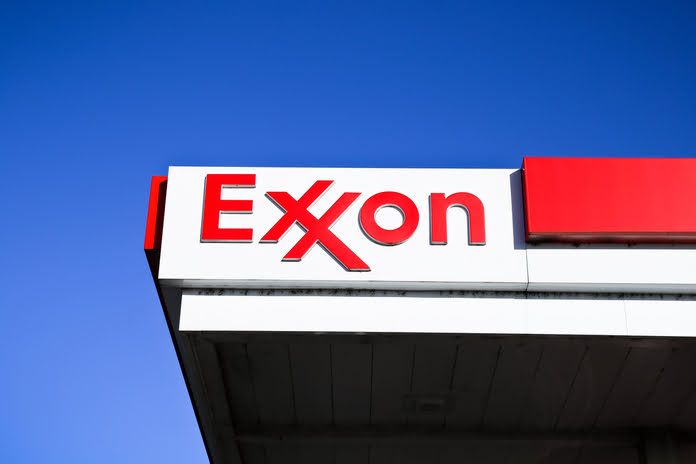Exxon Mobil (NYSE:XOM) unveiled its strategic plans, outlining annual project spending targets and ambitious oil production goals through 2027. The largest U.S. oil producer aims to allocate between $22 billion and $27 billion annually for projects during this period, maintaining a focus on existing spending and production objectives.
In an update, Exxon Mobil disclosed plans to increase spending on emerging lithium and low-carbon businesses by 18% throughout 2027. Notably, the company’s presentation lacked specifics regarding the expected gains from the impending $60 billion acquisition of Pioneer Natural Resources (NYSE:PXD), a move set to be completed in the first half of 2024, leading to a more than 1% decline in shares during morning trading.
Exxon Mobil executives highlighted the intention to triple production in the top U.S. shale field to 2 million barrels per day (bpd) by 2027 through the acquisition of Pioneer, while the acquisition of carbon pipeline firm Denbury, valued at $4.9 billion, supports the company’s carbon business.
The annual spending forecast holds significance for investors, and this year’s outlook drew particular attention due to the Pioneer and Denbury deals, both influencing long-term targets. Exxon anticipates the completion of the Pioneer acquisition will result in share buybacks increasing to $20 billion annually through 2025, up from the current $17.5 billion.
Exxon’s spending outlook also emphasizes the commitment to its energy transition unit, Low Carbon Solutions, with spending projected to reach $20 billion between 2022 and 2027, up from the initial estimate of $17 billion. However, the company emphasizes the need for government support for this higher spending.
While projecting production growth to 3.8 million barrels of oil equivalent per day (boepd) in 2024, Exxon foresees increased cash flow from cost-cutting measures, elevated oil output from Guyana and U.S. shale, and improvements in its refining and chemicals business. The company is set to achieve these objectives through a combination of higher earnings and a newly announced $6 billion cost reduction target through the end of 2027, following extensive cost-cutting measures in response to a historic $22 billion annual loss in 2020.
Featured Image: Megapixl















